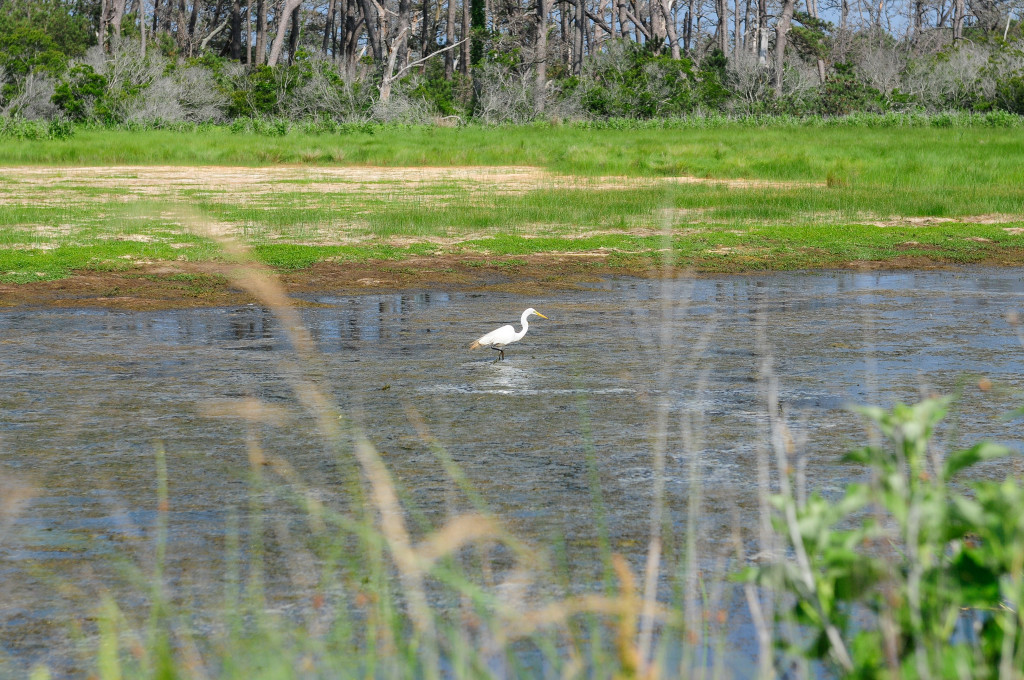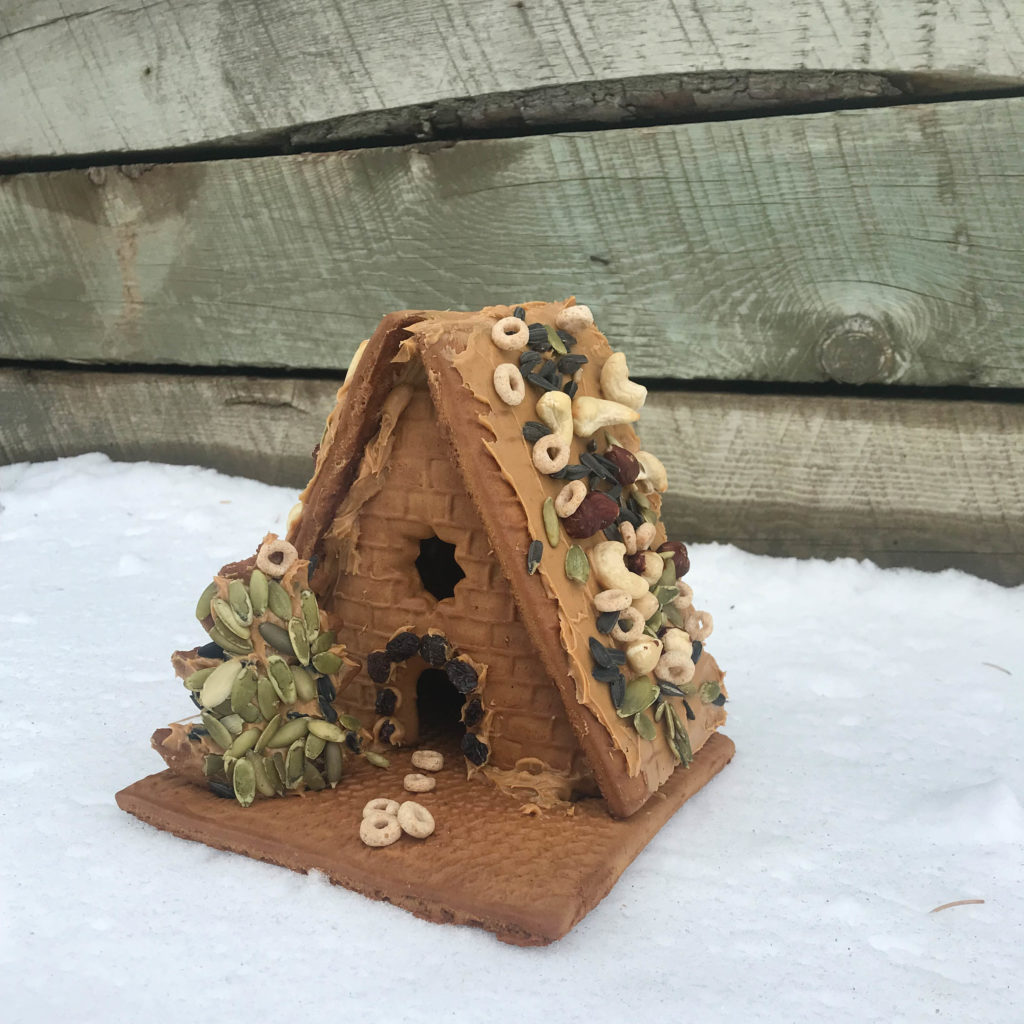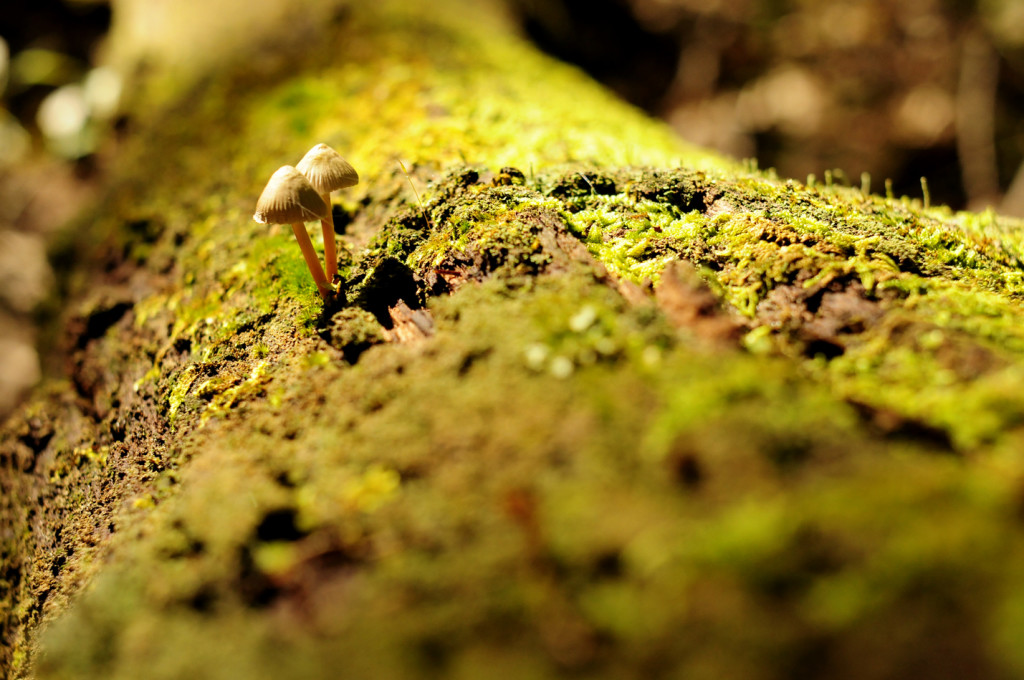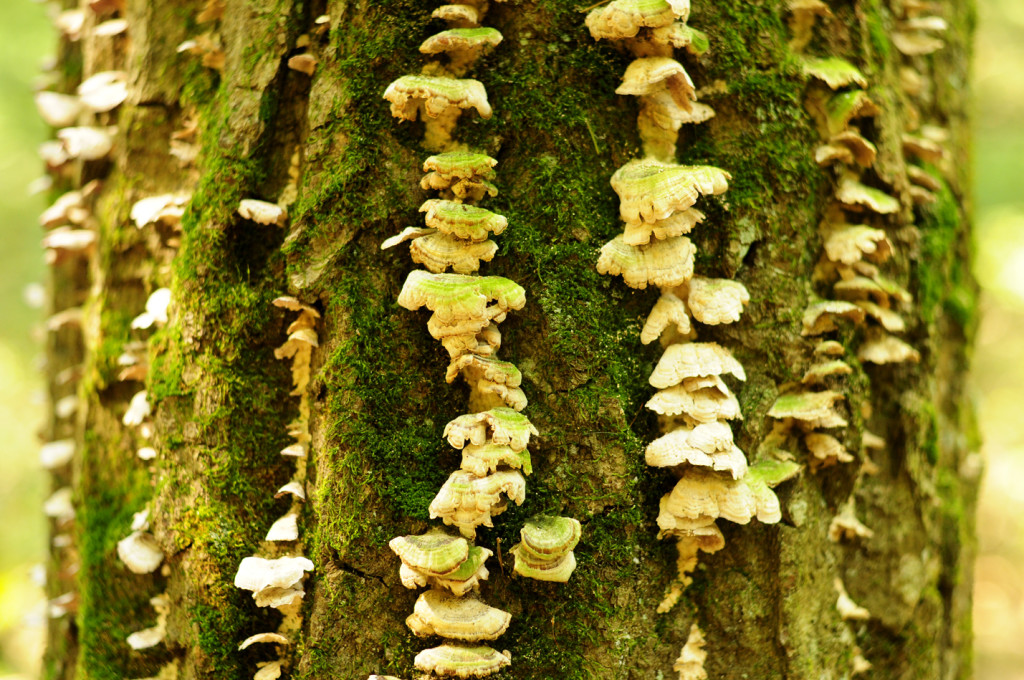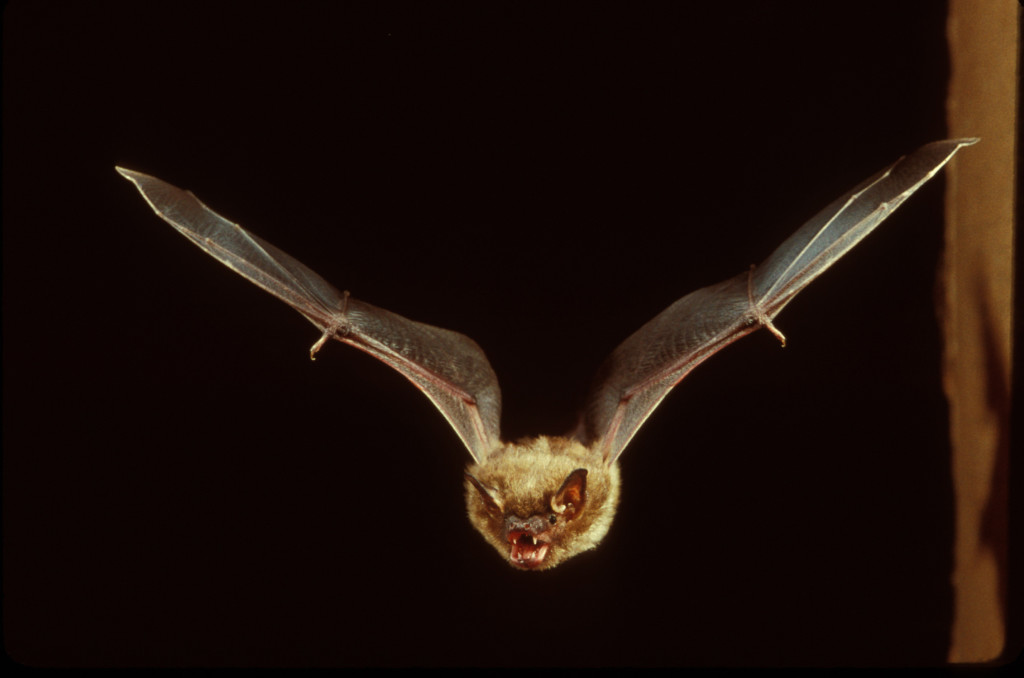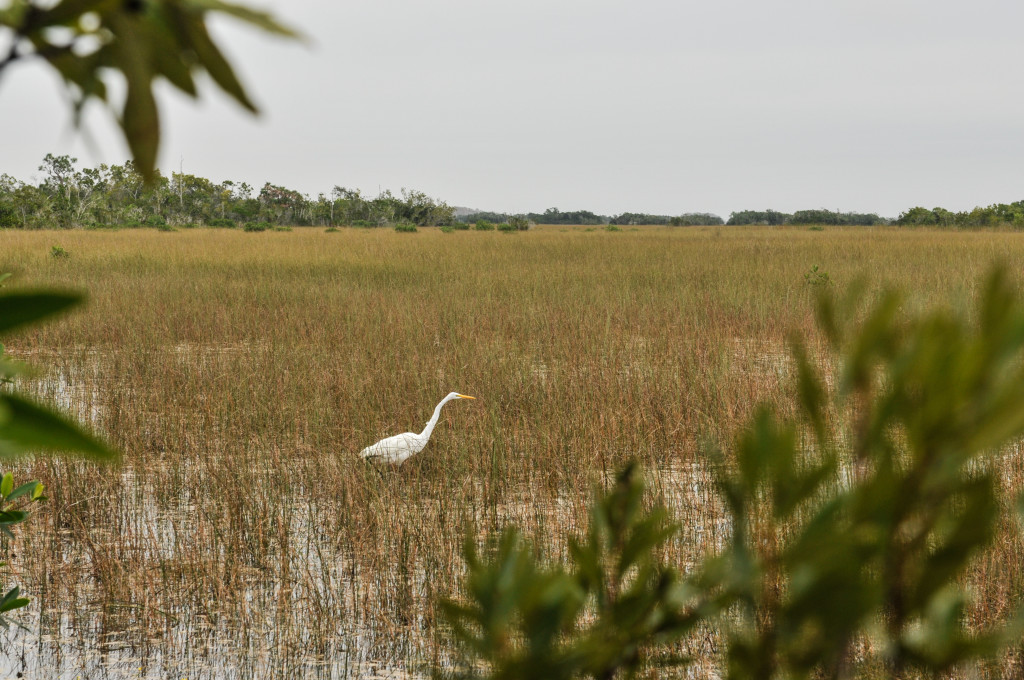
Hey peeps! The backyard bird count is happening this weekend! Learn all about it here, but basically you sit somewhere for 15 minutes or more and you tally up all the different kinds of birds you see then you report in with your findings. Read this, it’s a good introduction of what you’re getting into. You can make it as big or as small of an affair in your household as you please.
Yesterday and today I simply sat in front of my big office window watched the woods behind my house for thirty minutes. It’s kind of meditative and if you’re thinking you can’t sit still and do nothing (you’re actually helping quite a bit!) listen to a podcast or an audio book while you wait and watch. I’m currently listening to All The Birds In The Sky by Charlie Jane Anders. Total coincidence BTW.
If you have children, this would be a great time to get out any bird identification books you might have, bird stuffed animals, stories about birds or even a big pair of binoculars. While you’re at it, you could fill any feeders you have hanging on your porch or in your yard. Get your babes interested in our feathery friends. My pop started taking me on bird walks at a very young age and I still remember the wonderment I felt finding and identifying different birds. Great egrets and snowy egrets were some of the first I learned and to this day I still get excited when I see them even though they’re hella common. Have an amazing weekend and whatever your plans, make time to spend at least fifteen minutes contributing to the Great Backyard Bird Count.
